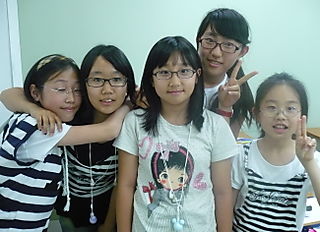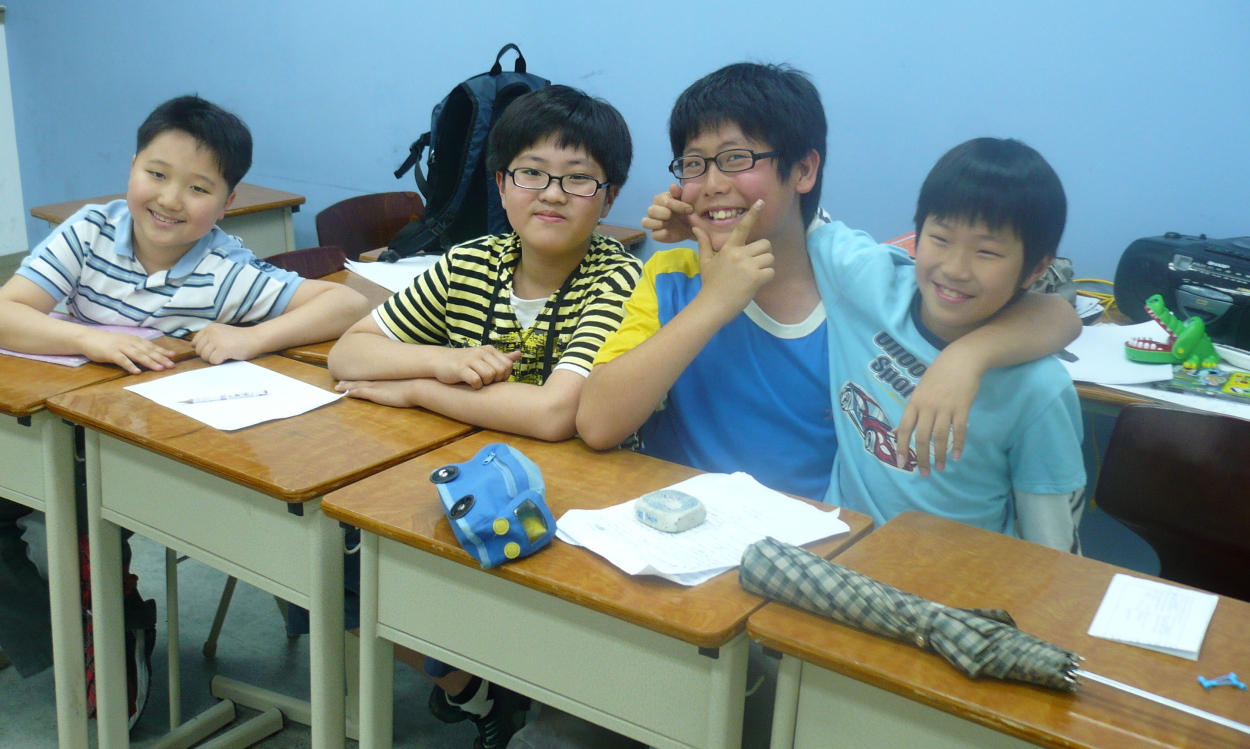I have become substantially absorbed in the ongoing episodes of the manga series called Deathnote. I bought volumes 9, 10, and 11 on Sunday and have ploughed through two of them in the last two days.
These texts definitely have a lot going on in them, and I've decided it's quite a bit more than just a serialized graphic novel in the suspense/thriller genre. The main characters are quite complex, and moral ambiguity is pandemic – no one is faultless, and you can't even decide who the good guys are – as opposed to the bad guys – although the authors do tend show some of them in a more sympathetic light than others.
The central protagonist is Light (Raito) Yagami, an academically gifted Japanese teenager who's father is a career policeman. He gains the power to kill people by merely knowing their names and faces, and sets out to "make the world a better place." I won't go into the details of the plot and character development here – If you're interested, you can start at wikipedia or any number of other places on the internet to find out more.
From what I've read in my own explorations online, the authors did not specifically intend for the series to be philosophically deep, nor did they set out to create a semiotic masterpiece. The main writer (Ohba) explicitly states that he tried to avoid being "ideological" – whatever that means.
Nevertheless, the text is brimming with all kinds of tasty ideological morsels (and morasses) – to such an extent that I think it would be extremely fruitful and interesting to undertake an in-depth semiotic study of the text, perhaps something in line with Frederic Jameson's method, as he outlines in his seminal work, The Political Unconscious.
I can't help but be constantly aware of the geopolitical backdrop for the writing of the series – these times we inhabit, the first years of the 21st century. It's set in a Japan still basically attached to the U.S. strategically, but increasingly unrooted culturally and economically. The early books constantly had me flashing to the awkwardness of Japan's postwar identity, and also to the looming moral cypher that is represented by the United States' nuclear umbrella.
But in the most recent episodes I've been reading, I keep thinking about righteous hegemonies… about U.S. unilateralism, vis-a-vis the character of Kira (the machiavellian boy Light, who's become a demonic-powered avenger, Kira, but is also masquerading as one of his hunters, the character named "L"). In chapter 75 (book 9), Light says "If we catch Kira, then Kira is evil. If Kira rules the world, then Kira is good." To which Aizawa responds, "So the victor is righteous…" Which is to say, righteousness has less to do with morality than with might and victory. "Might is right."
And isn't that what's going on in Iraq, now? Isn't that what happened in Japan 60 years ago, for that matter? Yet there's a muddled moral imperative, however contrived, that drove both that old war and the one we are witnessing now. Personally, I continue to be compelled to reject those revisionists who insist there's some qualitative moral difference between any given war and any other. I have decided that Kira represents the exercise of inordinate power, whenever blinded by its own moralizing rationalizations. Yet one finds oneself sympathizing, at least sometimes, with those rationalizations. Because they're "rational," of course. And because Light-Kira is the protagonist.
I like the way that the authors exploit the graphic format, also. In book 11 there's this long, complex dialogic thing going on, involving a conversation between Light and Takada, who are speaking for the benefit of known eavesdroppers, but secretly supported and manipulated by notes being passed between them, and at the same time commented and subverted by the listeners, all in a chaotic progression of comic-book frames that becomes dizzingly non-linear.



